MP Board Solutions for Class 10 History Chapter 3 – The Making of a Global World
MP Board Solutions for Class 10 History Chapter 3 – The Making of a Global World are essential for understanding how global connections evolved over time in the MPBSE curriculum. These well-structured answers help students grasp topics like early trade routes, colonialism, migrations, and global economic shifts across different periods. Designed as per the latest syllabus, these solutions strengthen conceptual clarity and improve exam preparation. Ideal for revision and practice, they link historical events to modern globalization, making them a valuable study tool for scoring well in Class 10 Social Science exams.
MP Board Solutions For Class 10 History – The Making of a Global World – Exercise Images
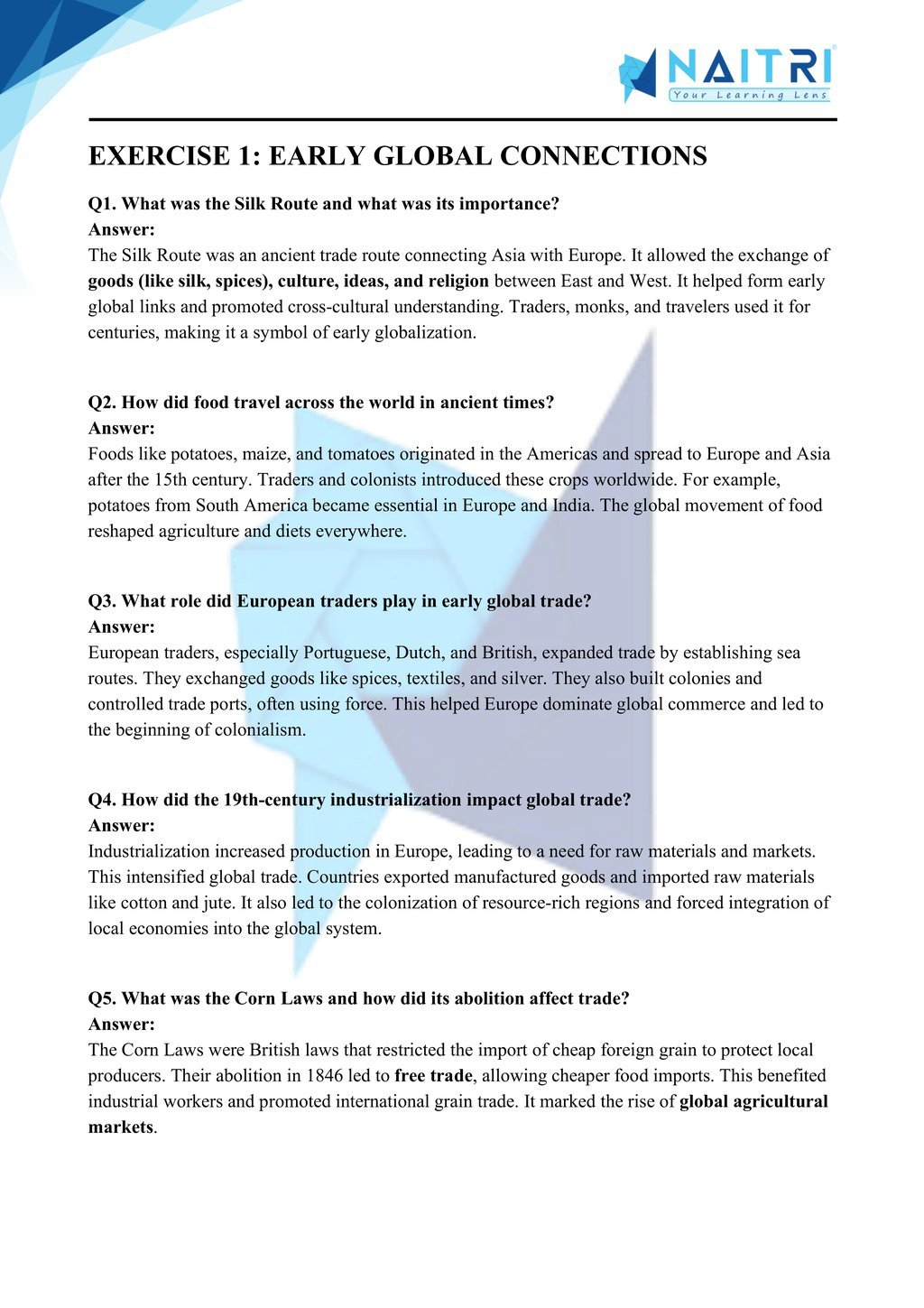
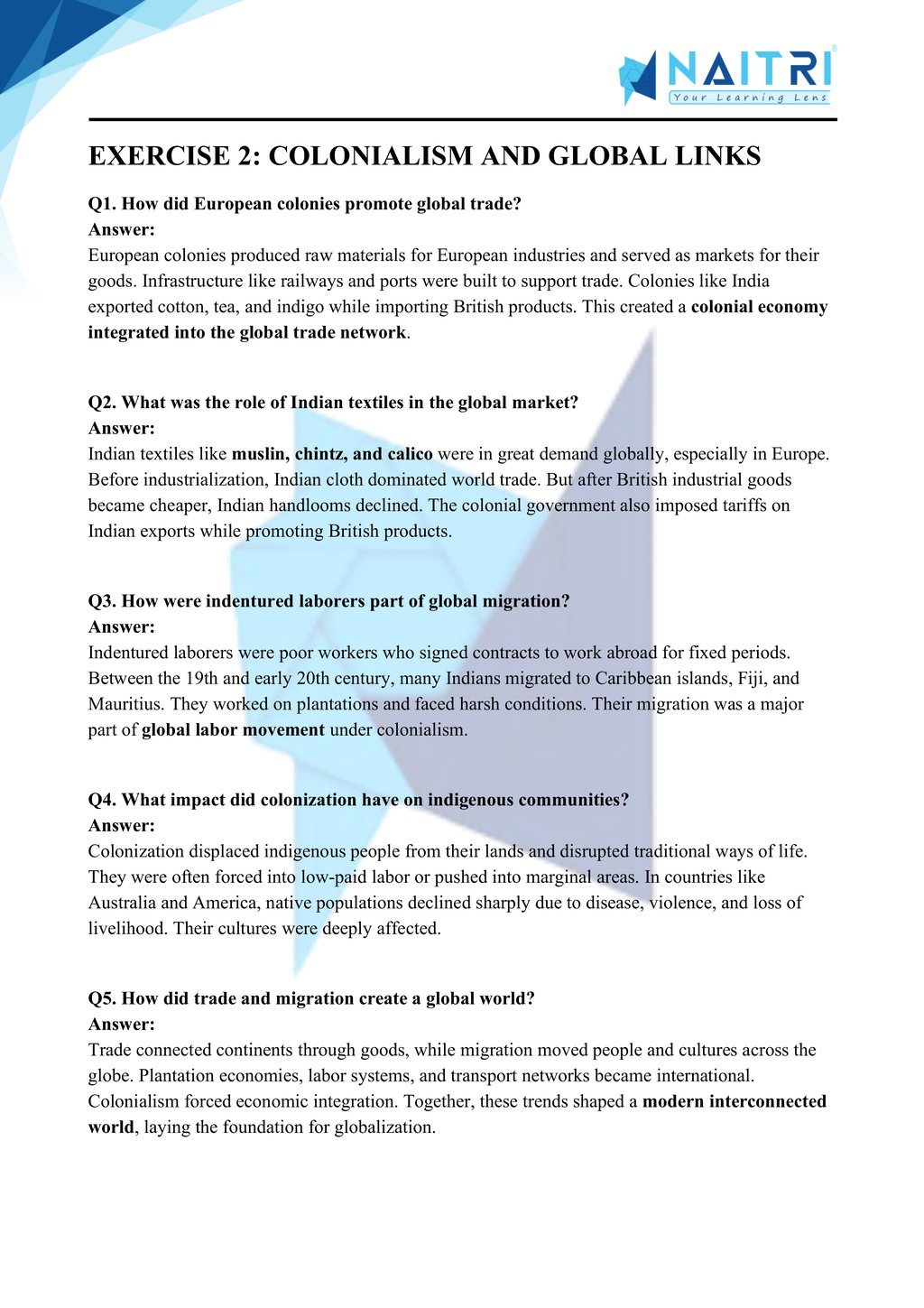
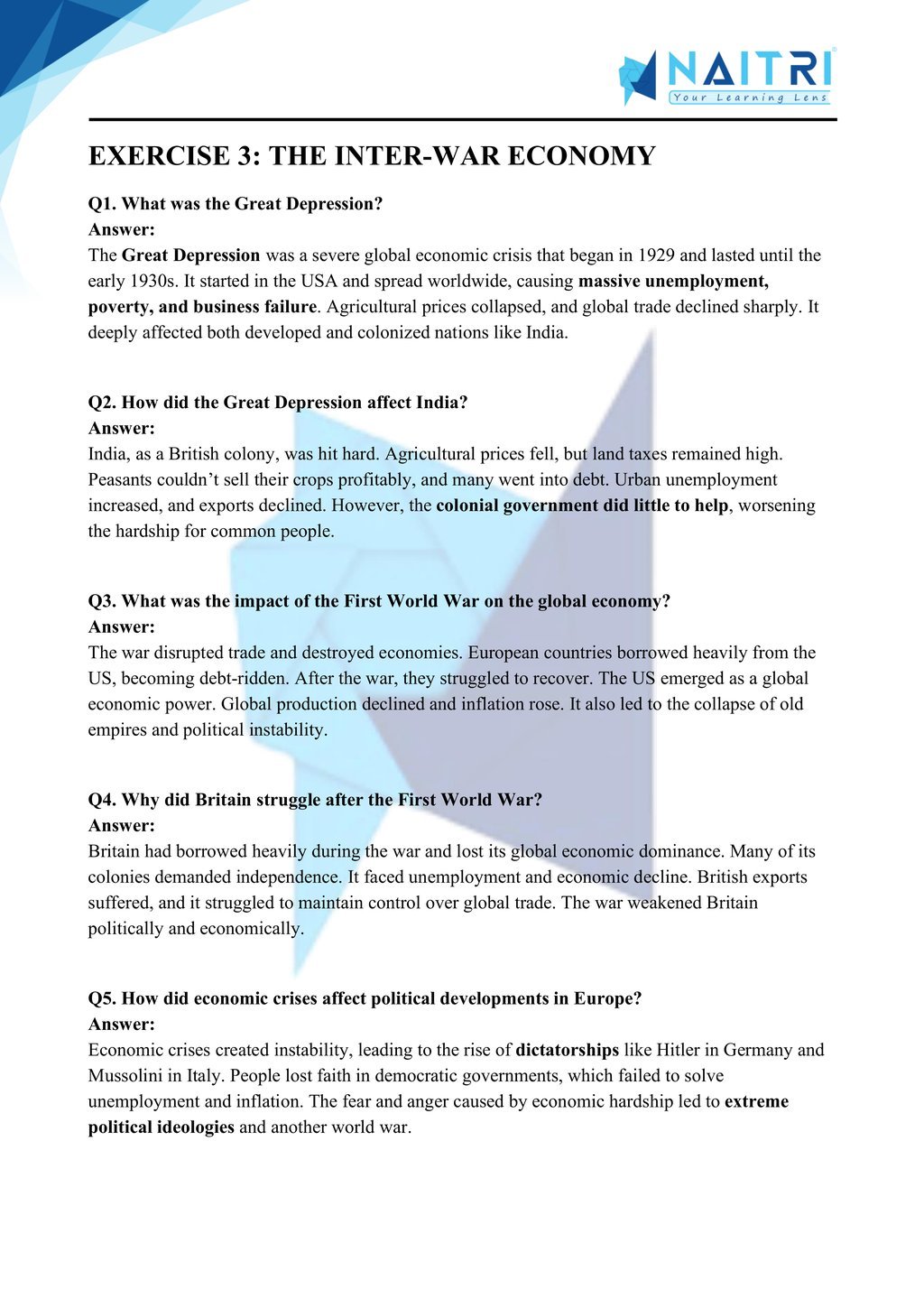
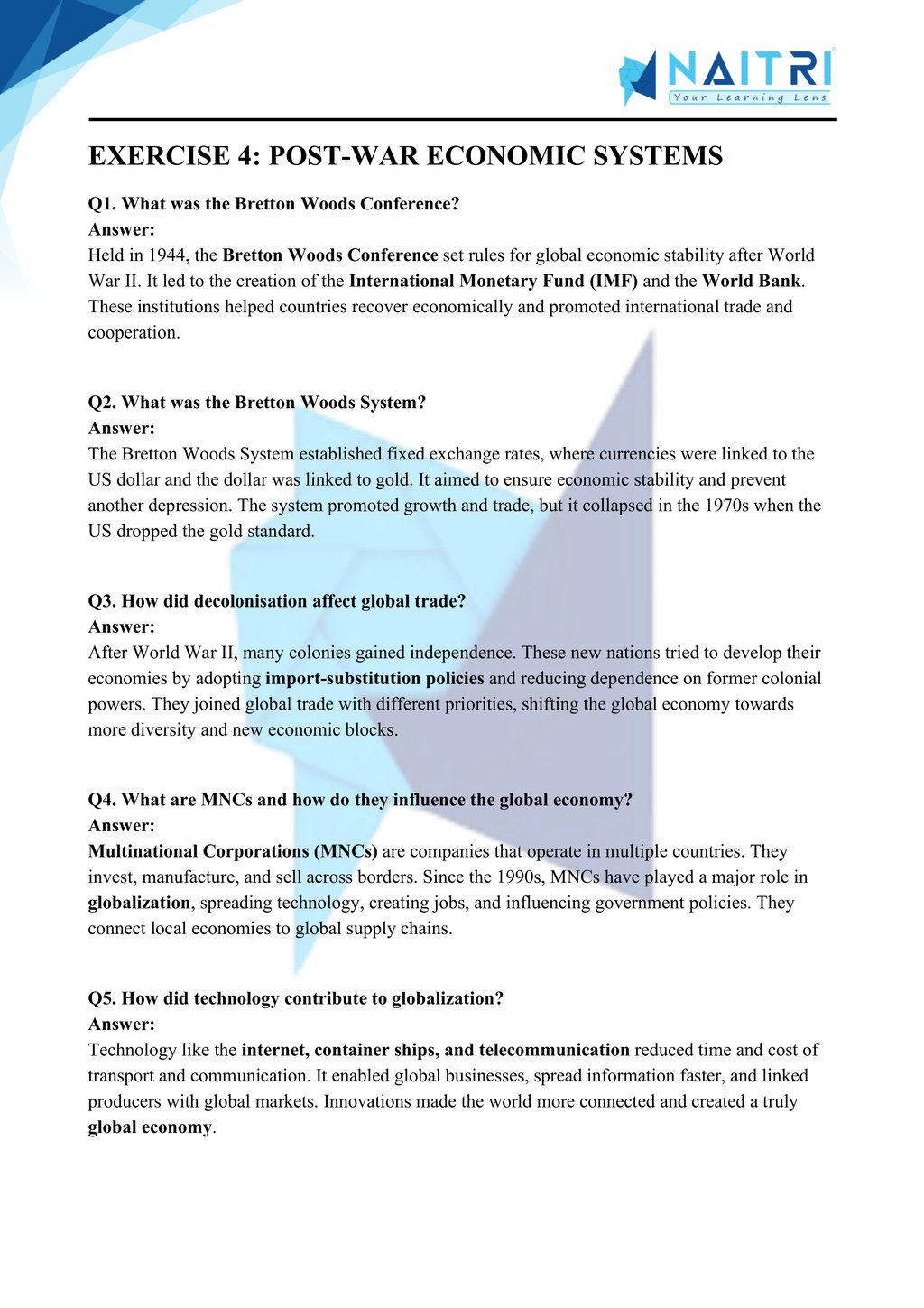
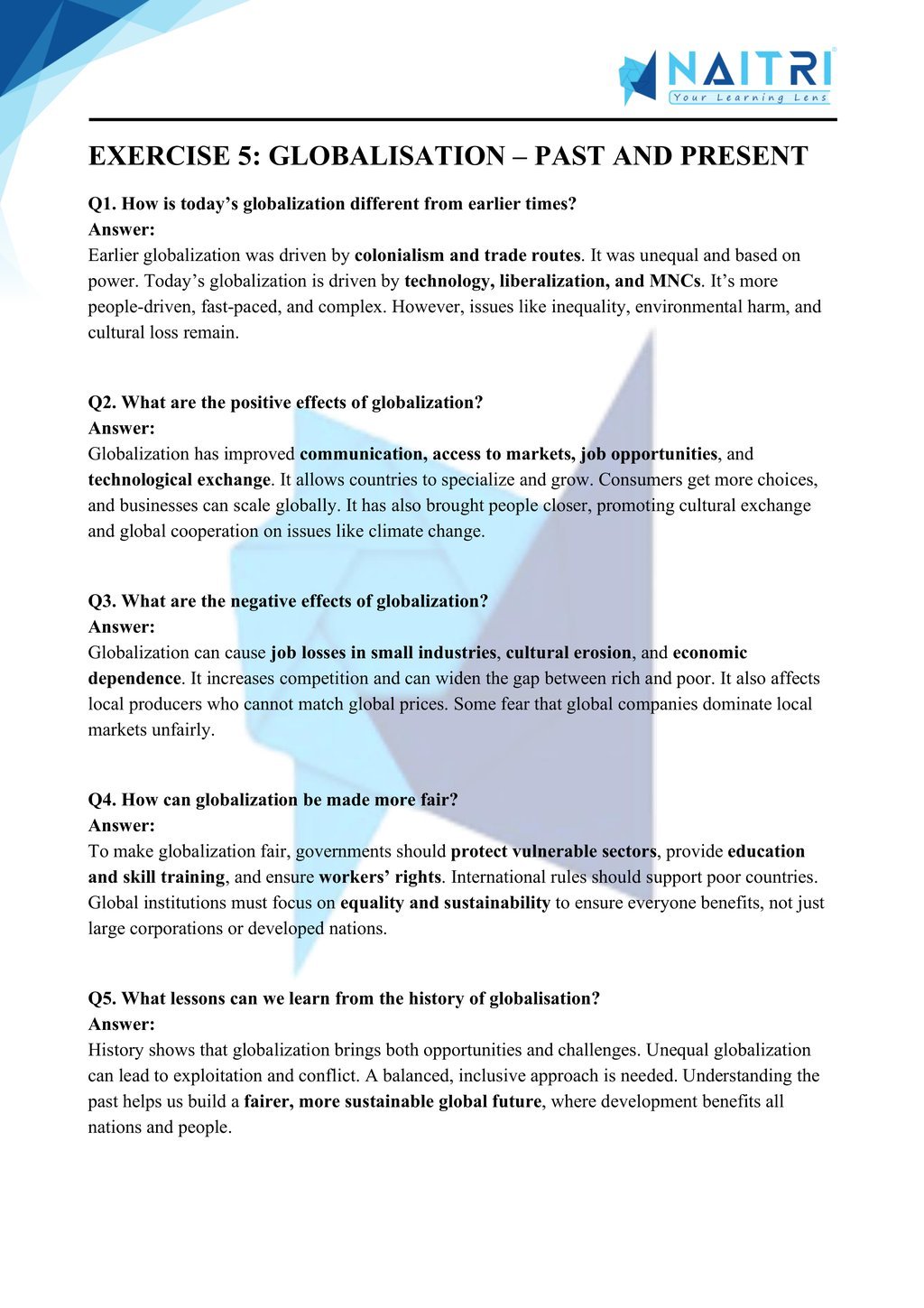
Experience History Like Never Before – With AR!
Understanding The Making of a Global World is now more exciting and immersive! With the NAITRI App, you can explore complex history concepts through Augmented Reality (AR). Explore trade routes expand, economies connect, and cultures interact globally — right in front of you. Our AR-powered lessons make learning interactive, 3D, and fun, helping you retain concepts better and enjoy every topic.



Visualize . Interact . Understand . The future of learning is here
The Making of a Global World – Important Questions with Answers
What is meant by globalization?
Answer: Globalization refers to the process of increasing interconnectedness and integration among countries through trade, migration, technology, and cultural exchange across global boundaries.What was the Silk Route?
Answer: The Silk Route was an ancient network of trade routes that connected Asia with Europe, facilitating commerce and the exchange of cultures and ideas.How did food play a role in global exchange?
Answer: New foods like potatoes, maize, and chillies were introduced worldwide, improving diets, boosting agriculture, and transforming eating habits across continents.What were the effects of the discovery of America?
Answer: It opened new trade routes, led to the colonization of the Americas, expansion of the slave trade, and movement of people, crops, and diseases.Why were indentured laborers important in the 19th century?
Answer: Indentured laborers provided cheap labor on plantations, especially in Caribbean islands, Africa, and Southeast Asia under fixed contracts with poor working conditions.What was the role of technology in the 19th century global world?
Answer: New transportation like steamships and railways and telecommunication helped accelerate global trade, migration, and colonial expansion.Why was Britain called the ‘workshop of the world’?
Answer: Due to its advanced industrial economy, Britain produced and exported manufactured goods globally, making it the center of international trade in the 19th century.What was the impact of the First World War on the global economy?
Answer: WWI disrupted trade, caused massive debt, destroyed infrastructure, and led to a decline in global economic growth and political instability.What were the effects of the Great Depression?
Answer: The Great Depression led to widespread unemployment, falling incomes, bank failures, and reduced international trade during the early 1930s.How did colonies suffer during the Great Depression?
Answer: Colonies faced falling agricultural prices, export decline, increased poverty, and tightening control by colonial powers to secure their own economies.How did the US emerge after World War I?
Answer: The US emerged as the leading economic power, providing loans to Europe, controlling global financial markets, and becoming a major industrial nation.What was the Bretton Woods System?
Answer: A system of monetary management created after WWII that led to the establishment of the IMF and World Bank to stabilize the global economy.What was the role of IMF and World Bank?
Answer: The IMF ensured financial stability, while the World Bank provided loans for development, both aiming to rebuild and regulate the post-war economy.What is meant by decolonization?
Answer: Decolonization was the process where colonial territories gained independence from European powers, especially after WWII due to rising nationalist movements.How did the Second World War affect the world economy?
Answer: It caused massive destruction, led to millions of deaths, disrupted trade, and required global reconstruction, supported by institutions like the Marshall Plan.What is meant by the ‘Global Agricultural Economy’?
Answer: It refers to the 19th-century global trade system where colonies exported raw materials like cotton, sugar, and wheat to European industries.Why did Britain impose tariffs on imports during the Depression?
Answer: To protect domestic industries, Britain imposed import duties, reduced dependence on foreign goods, and promoted trade within its Empire.What was the role of Indian entrepreneurs in global trade?
Answer: Indian entrepreneurs like Dwarkanath Tagore and Sassoon invested in trade, shipping, and industry, linking India with global markets.What is meant by ‘trade surplus’?
Answer: Trade surplus occurs when a country’s exports exceed imports, helping in economic growth and accumulation of foreign reserves.Why were Indian textiles replaced by British goods?
Answer: British imposed tariffs, destroyed local industries, and promoted machine-made textiles, which were cheaperand mass-produced during colonization.What was the impact of globalization on Indian agriculture?
Answer: Global demands made farmers grow cash crops like cotton, but they suffered due to price volatility and dependency on global markets.What is protectionism?
Answer: Protectionism is when countries restrict imports using tariffs or quotas to protect domestic industries from foreign competition.What were the ‘Canals of Imperialism’?
Answer: The Suez and Panama Canals facilitated fast sea trade, enhancing colonial control and connecting global trade routes.How did Indian labor contribute to globalization?
Answer: Indian laborers worked in sugar plantations, railways, and mines in British colonies, playing a crucial role in global economic activities.What do we learn from the global economic history?
Answer: It shows how economic policies, trade, wars, colonialism, and cooperation shaped today’s world economy and the idea of global interdependence.
The Making of a Global World traces the history of globalization by looking at trade, migration, and colonization from the pre-modern era to the 20th century. It explains how goods, people, and ideas moved across continents and how European expansion affected Asia, Africa, and the Americas. The chapter also explores the Great Depression and post-war recovery, helping students understand the economic interdependence of nations in the modern world.
Download Naitri App
Easy, Visual Learning — Right on Your Phone
Learn with Augmented Reality! The Naitri app makes CBSE and MP Board concepts interactive and fun — even in low-resource settings. Watch lessons, complete homework, take tests, and track progress — all in one place. Anytime. Anywhere.
Available on








